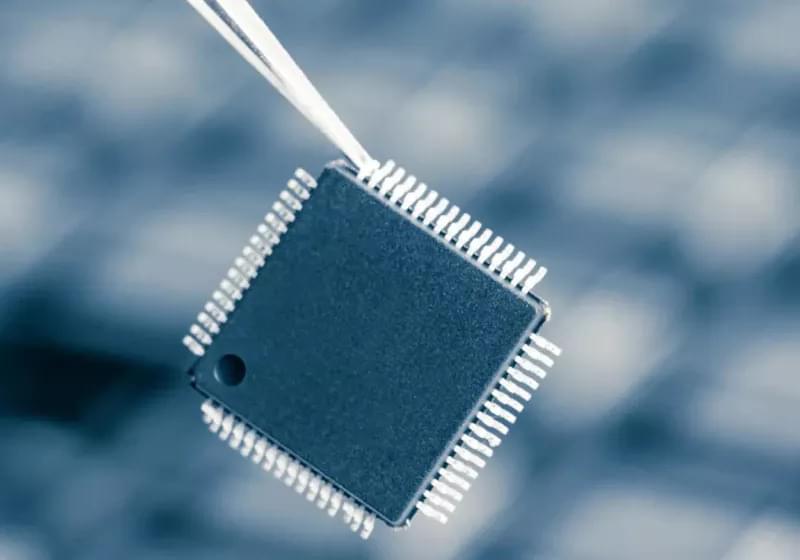University of Missouri researchers’ conceptual design of a nanomaterial could potentially pave the way for new uses of nanotechnology in medicine and science.
In a recent study, scientists at the University of Missouri developed a proof of concept for a nanocapsule — a microscopic container — capable of delivering a specific “payload” to a targeted location.
While beyond the scope of this study, the discovery has the potential to revolutionize the delivery of drugs, nutrients, and other chemicals in humans and plants. The power of the forward-thinking idea for this tiny delivery mechanism comes from its inventive structure, said Gary Baker, an associate professor in the Department of Chemistry and study co-author.









